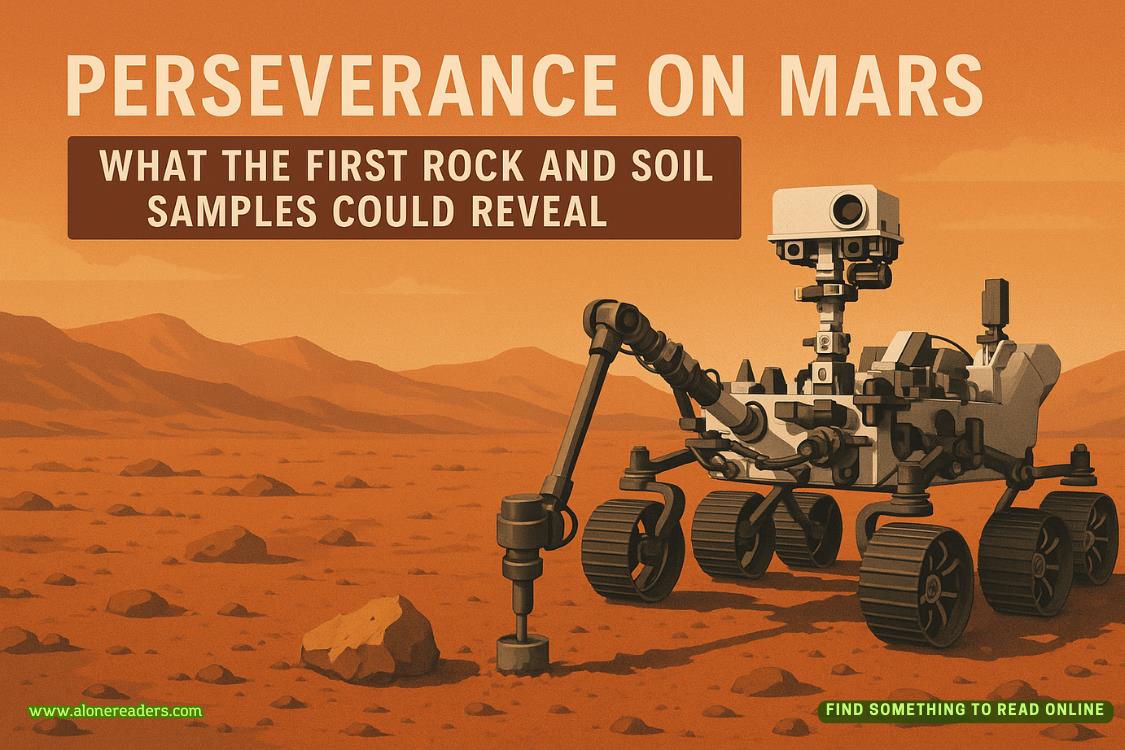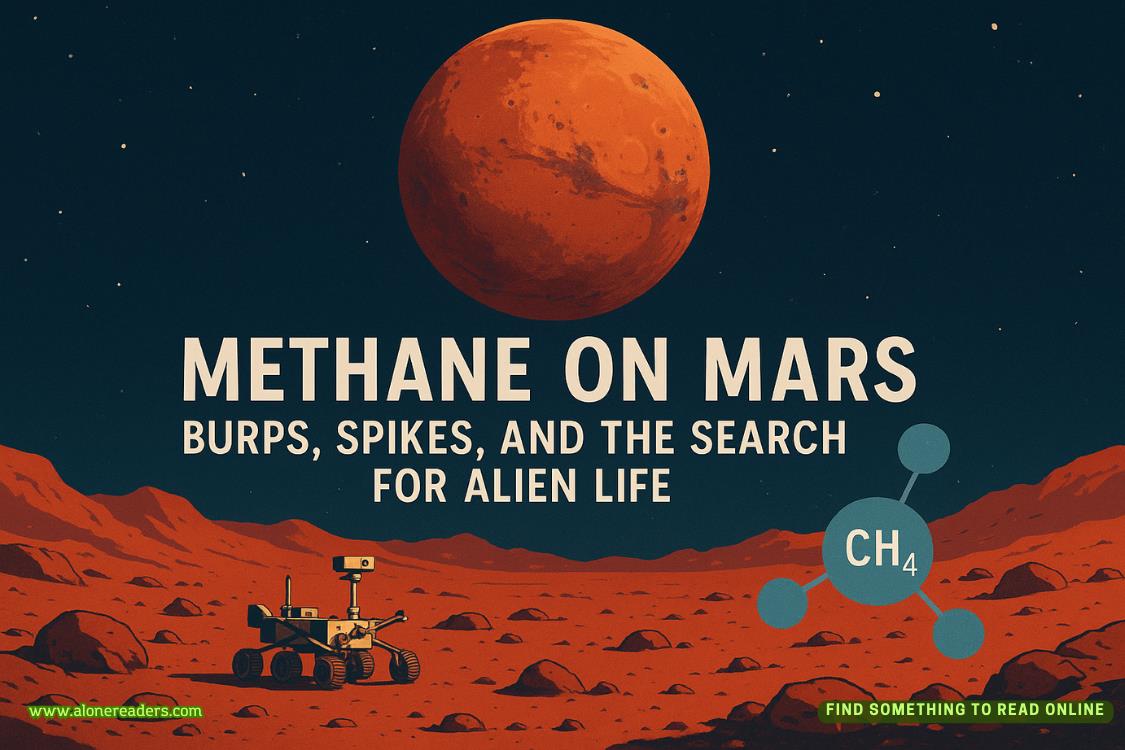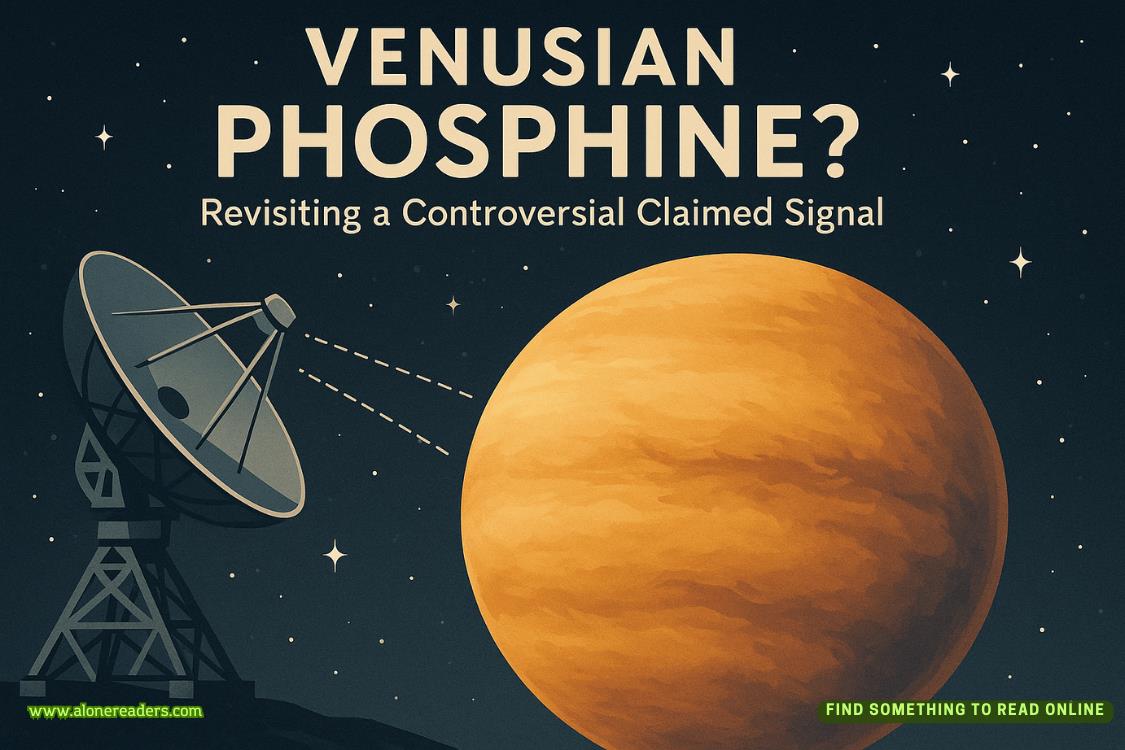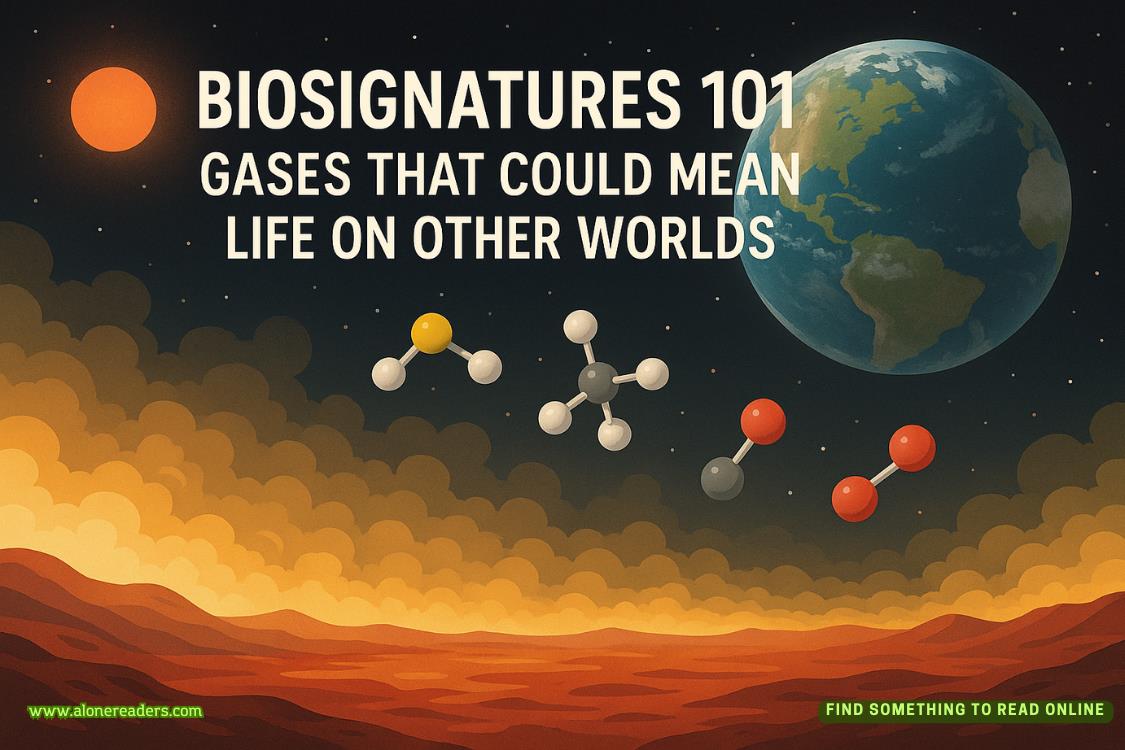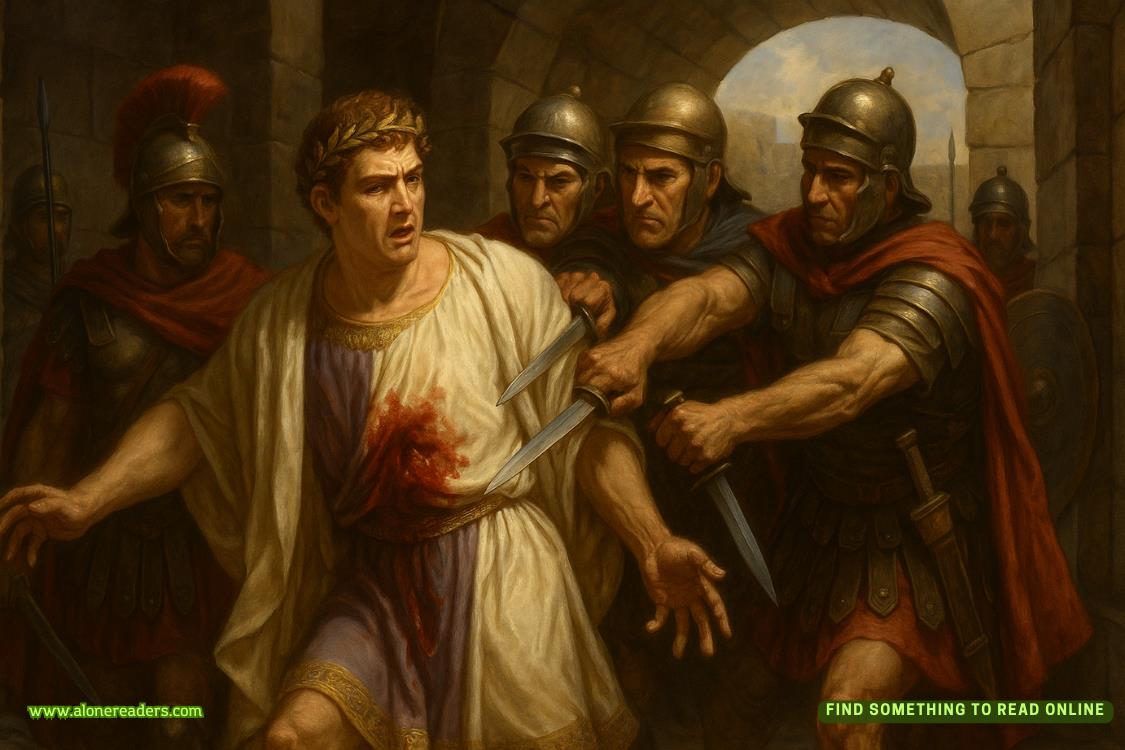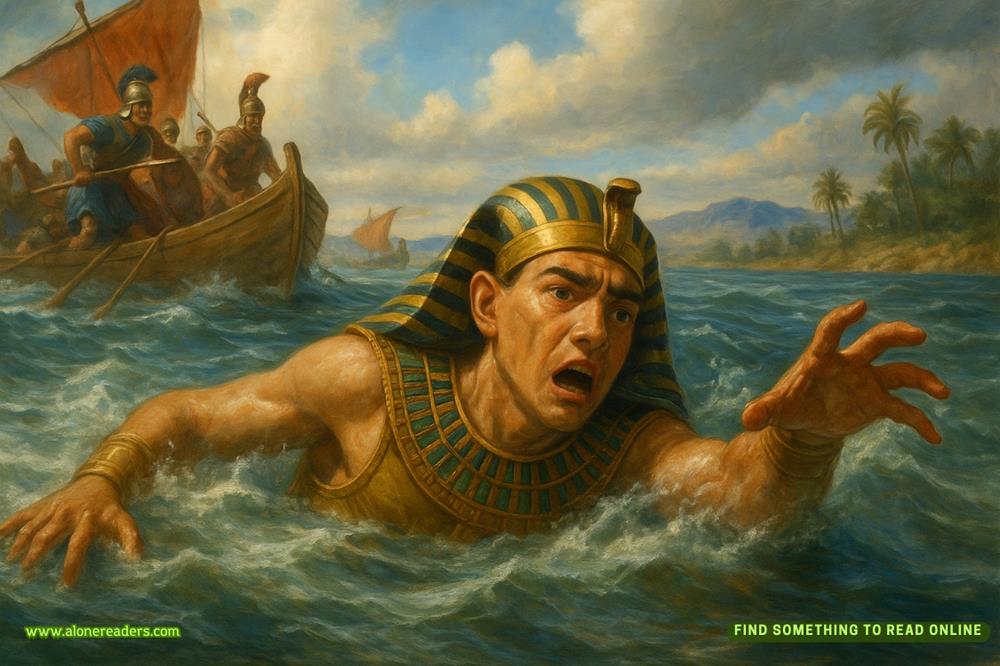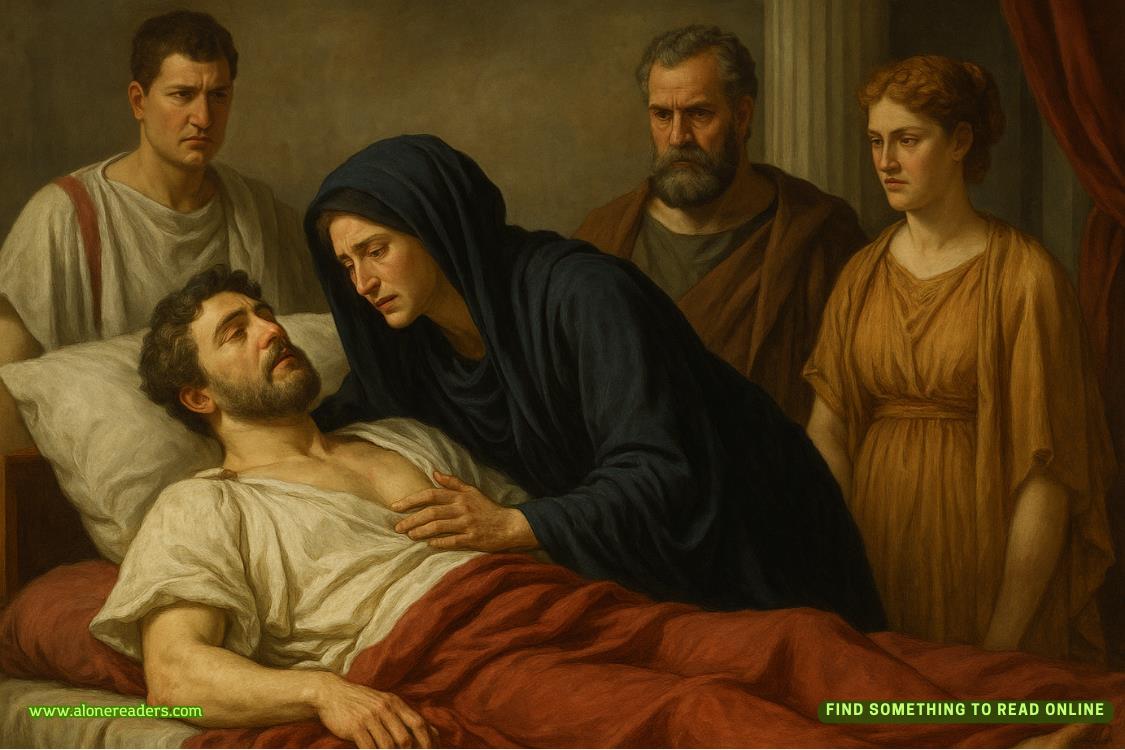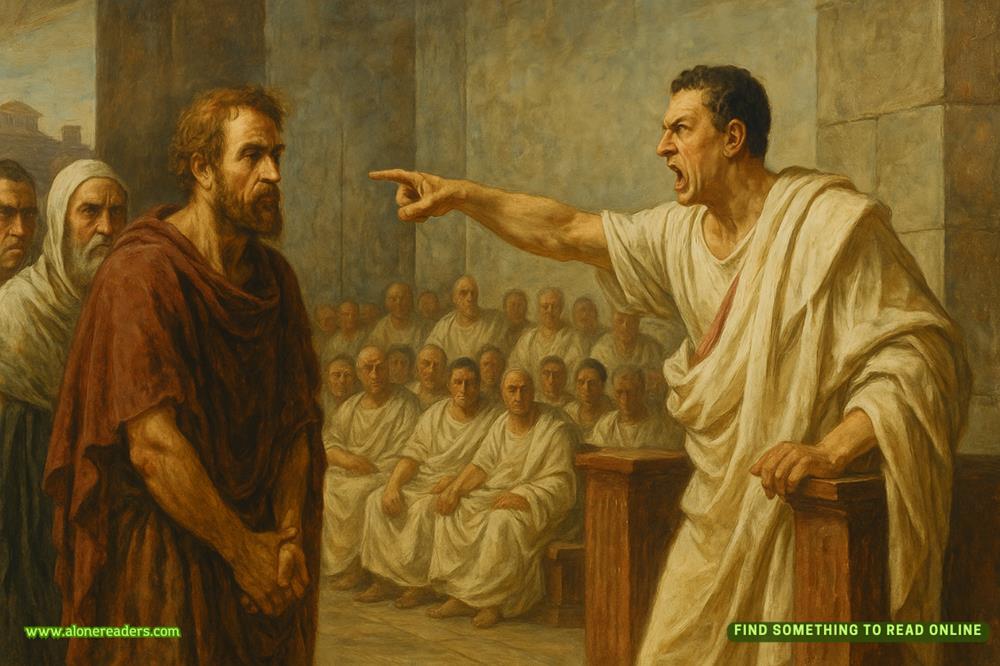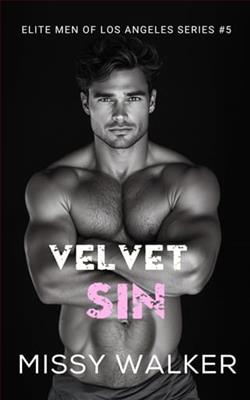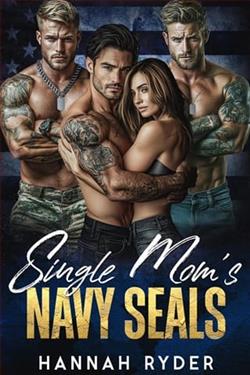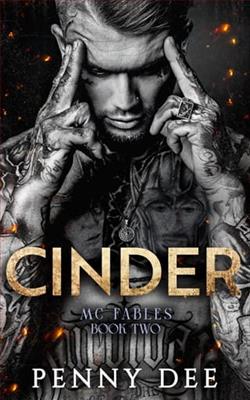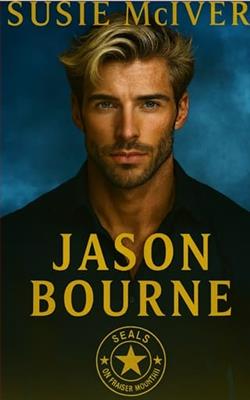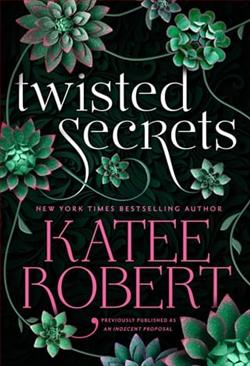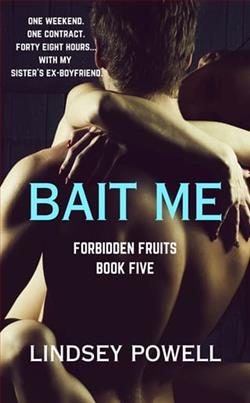Page 2 of The Better Sister
“I need your help.”
How many times had I noticed that Adam had more in common with me than with his own wife? How many times had I held my tongue, not wanting to be accused of sabotaging the only (sort of) healthy relationship my sister had ever had? Now here we were, five hundred miles apart, connected only by a cell phone signal, and it was clear whose side I would take. Adam needed me.
Our story—independent of Nicky—would develop later, but you could say that night marked the story’s beginning. It was the moment I chose Ethan over the rest of my family, which meant I was choosing Adam.
I had no idea that four years later, I’d become the second Mrs. Adam Macintosh, or that ten years after that, I’d be the one to find his dead body.
Part I
Adam
1
Fourteen Years Later
The back of Café Loup was dark and cool, so every time the restaurant door opened to the sun and humidity outside, I found myself craning my neck to look for Adam. He hadn’t promised to join us, but I knew that the entertainment reporter conducting the interview was “dying to meet the man behind the woman.”
Unfortunately, I had made the mistake of telling Adam about her expectations. If I had kept that piece of information to myself, I could have lied and told her that my husband had a scheduling conflict and couldn’t make it. But instead I had set myself up for uncertainty and therefore disappointment, and was now waiting anxiously to see if he would put in an appearance.
I forced myself to focus my attention where it belonged.
The interviewer was named Colby and was probably twenty-five years old, around the same age I was when I first landed a journalism job in New York City. The landscape had changed dramatically in the interim. When I started atCity Woman, we boasted an average monthly circulation of nearly three hundred thousand copies, and a staff that occupied a full floor of a prestigious midtown high-rise.Evewas one of the last women’s magazines standing, but we were struggling to crack a hundred thousand print readers a month.
These days, most publishers were putting the “free” in “freelance.” Given the changes in the market, my guess is that young, eager Colby had twice the résumé I’d compiled at her age, yet was happy to have landed her full-time gig with a web-only e-zine aimed at millennial women.
We were finished with introductions, and I could tell when she looked down at her notes that we were moving on to her prepared questions.
“By the time you were named editor in chief atEve, the industry had all but written the magazine’s obituary. But you worked a complete turnaround—ramping up online readership, adding more politics and less fluff—and nowEveis one of the last remaining successful feminist-oriented magazines in the country. Now you’re on the eve—no pun intended—of receiving the vaunted Press for the People Award for your influential Them Too series. Does this moment feel like the culmination of your entire life’s work?”
I knew my answer would make me sound sad and tired to Colby and her peers, but I told myself that at least it was authentic. “The culmination of my life’s work? I certainly hope not. That kind of talk makes me feel like I’m being put out to pasture.”
She hit the pause button on her iPhone and began apologizing profusely. “Oh my god, I’m so sorry. You’re like my idol. That’s not what I meant at all.”
I hit the record button again and told her that she should never apologize for a question, and then gave her a sound-bite she could use.
“I feel guilty taking credit for any of it,” I said. “The real heroes are the women who told their own stories first. The Me Too movement made women begin to feel safe speaking out. We all knew such conduct was repugnant—and rampant—but we were always taught to tough it out. Don’t rock the boat. Smile and make it to the next day.But then women found power in the collective, and powerful men learned that there could be consequences to their actions, even if delayed, even without police and courtrooms. That was the starting point for everything, so, really, my work was just following the lead of all those other women, and the journalists who helped tell their stories.”
The work she was asking me about was a series of features covering an initiative I launched atEve. On the heels of the Me Too movement, I wrote an opinion piece exploring my concern that the movement’s seismic cultural shift would be confined to high-profile, celebrity-driven workplaces. After the initial takedowns of predators who had committed heinous acts for years, the movement’s influence had seeped into a discussion of lesser offenses by other famous men. But would it affect the workplaces of women employed by bosses we had never heard of? What about the women who worked in factories and on sales floors? What about waitresses and bartenders who were beholden to managers for the busiest shifts, and to customers for tips? To help spotlight their stories, I paired “everyday” women suffering sexual abuse and harassment in the workplace with a better-known Me Too groundbreaker. I personally wrote the articles tracing the commonalities in their stories and the impact of the resulting friendships. In a twist on the now-famous hashtag, I had dubbed the effort Them Too.
What I began as an experiment blossomed in ways I never predicted. An A-list actress who was among the first to come forward about an abusive director brought her “them-too sister” as her date to the Academy Awards. The host of one of the network morning shows was now godmother to her match’s newborn daughter. And, most important to me, seven Fortune 500 corporations had fired high-level executives and implemented corporate-wide policy changes as a result of the series, all because women had used their celebrity—and I had used my magazine—as a way to bring attention to the narratives of women who believed they had no voice.
Although I tried to focus on the women who had participated in the series, Colby of course wanted to hear all the crap I had put up with over the course of my own career.
We were on the topic of the second man who had offered me a job in exchange for sex when the restaurant door opened again. By then, I was deep into the story and had assumed that Colby and I would be alone for the rest of our meeting. Adam was well past the bar, almost to our table, by the time I spotted him in my periphery.
“Oh my goodness, what a surprise,” I said, rising to greet him with a hug. “I can’t remember the last time we were together before five o’clock on a weekday.”
I noticed Colby sizing him up, surprised at his youthful appearance, as many people were when first meeting him. Adam was six years older than I am, making him forty-seven, but I joked that he’d stopped aging about a decade ago. He was seemingly genetically incapable of either hair loss or weight gain.
Phillip, our waiter, appeared instantly. “Oh, there he is. The handsome husband I was hoping to see.” Our apartment was three blocks from Café Loup. We’d been regulars for years.
As Adam ordered a slightly dirty martini, Colby asked me if I was used to Adam being welcomed so enthusiastically. “So annoying,” I said with mock resentment. “I kid you not: there’s not a person on this planet who would say a bad word about him.”
“Tell that to Tommy Farber,” Adam said, reaching for my wineglass. He took a sip of my cabernet, wrinkled his nose, and handed the glass back to me. “Kid beat my ass every Friday afternoon for two years. I think I still have creases on my forehead from the locker door.”
“How’d the two of you meet?” Colby asked.
I hated that question, but had the usual highly edited response ready to roll. “We knew each other back in Cleveland where we grew up, but reconnected when he moved to New York for work.”
